Goth Chick News: Do the Dead Really Matter In the Movies? Thirteen Questions for Midnight Syndicate’s Edward Douglas
 All right movie fans, its here! We’ve been telling you about it for months and today is finally the day when Midnight Syndicate’s new horror flick The Dead Matter goes on sale nationwide at Hot Topics stores and on Amazon.com.
All right movie fans, its here! We’ve been telling you about it for months and today is finally the day when Midnight Syndicate’s new horror flick The Dead Matter goes on sale nationwide at Hot Topics stores and on Amazon.com.
As I may have mentioned once or twice at most, Ed Douglas and the gang gave me a sneak peek at their creation last week and as a fan of the drive-in-horror-movie genre, I can tell you The Dead Matter is quite an amazingly fun ride. If that’s not enough, the DVD comes packaged with two new Midnight Syndicate music creations; the original motion picture soundtrack and the Halloween Music Collection.
For me, it’s like Christmas Halloween in July…
And for those of you who may be entertaining the idea that I’m just a hopeless sycophant with an ongoing crush on a bunch of bad-boy musicians, PIFFLE I say to you! They’re not at all bad boys; they’re actually nice and highly articulate, and have a lot of really entertaining things to tell us about.
See for yourself in the interview below.
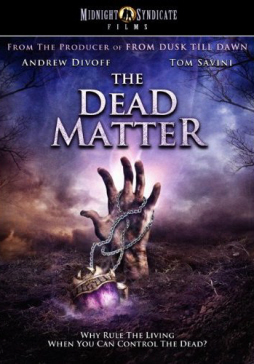 Here at the Black Gate offices we’ve sent the entire gaggle of lazy summer interns to the local
Here at the Black Gate offices we’ve sent the entire gaggle of lazy summer interns to the local 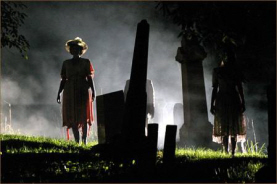 The Dead Matter
The Dead Matter I’ve been telling you about this one for quite awhile and now it’s finally here!
I’ve been telling you about this one for quite awhile and now it’s finally here!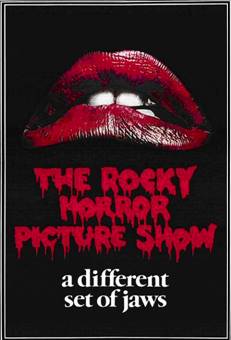 No seriously, I can’t believe I’m writing this. But here goes.
No seriously, I can’t believe I’m writing this. But here goes.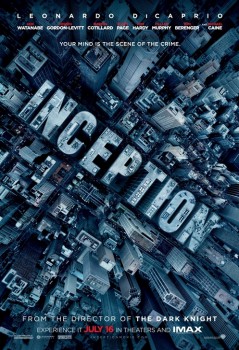 Inception (2010)
Inception (2010)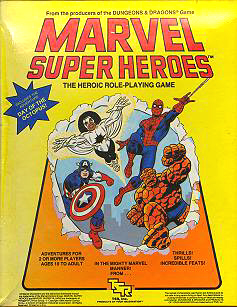 John O’Neill’s editorial in Black Gate 14 touched on gaming, on wargaming and role-playing, and on the way these things shaped the way friends interact. It hit home for me, because I recognised in my life much the same sort of phenomenon John described in his own.
John O’Neill’s editorial in Black Gate 14 touched on gaming, on wargaming and role-playing, and on the way these things shaped the way friends interact. It hit home for me, because I recognised in my life much the same sort of phenomenon John described in his own.
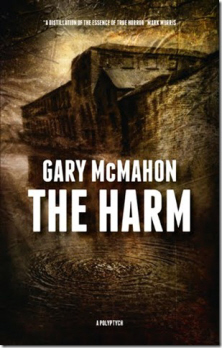 TTA Press
TTA Press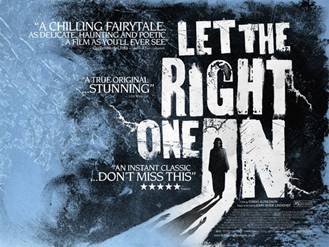 In the name of journalistic integrity, with stomach fortified by a hearty breakfast, I took myself to a Sunday morning matinee of
In the name of journalistic integrity, with stomach fortified by a hearty breakfast, I took myself to a Sunday morning matinee of